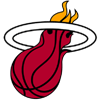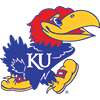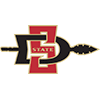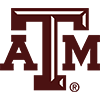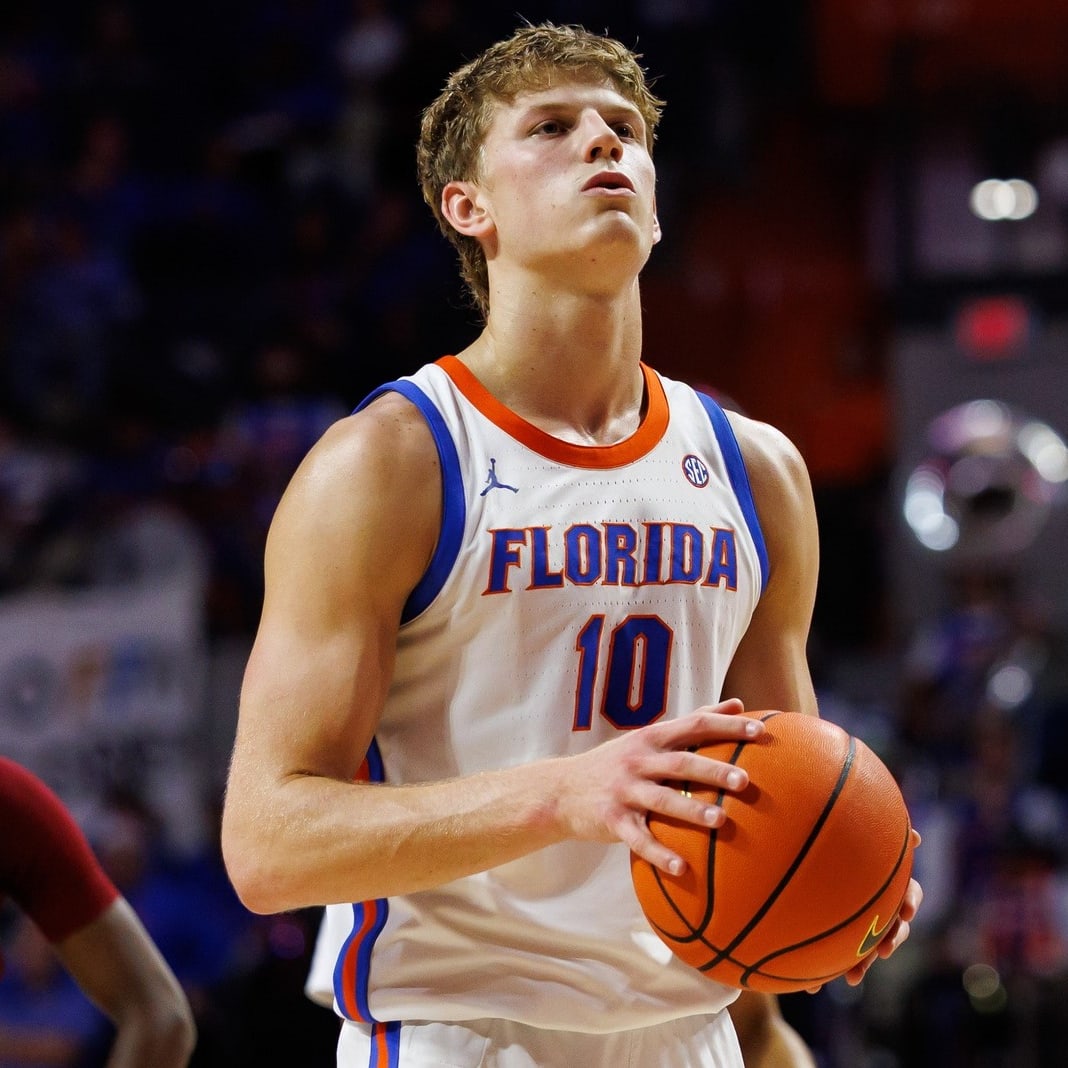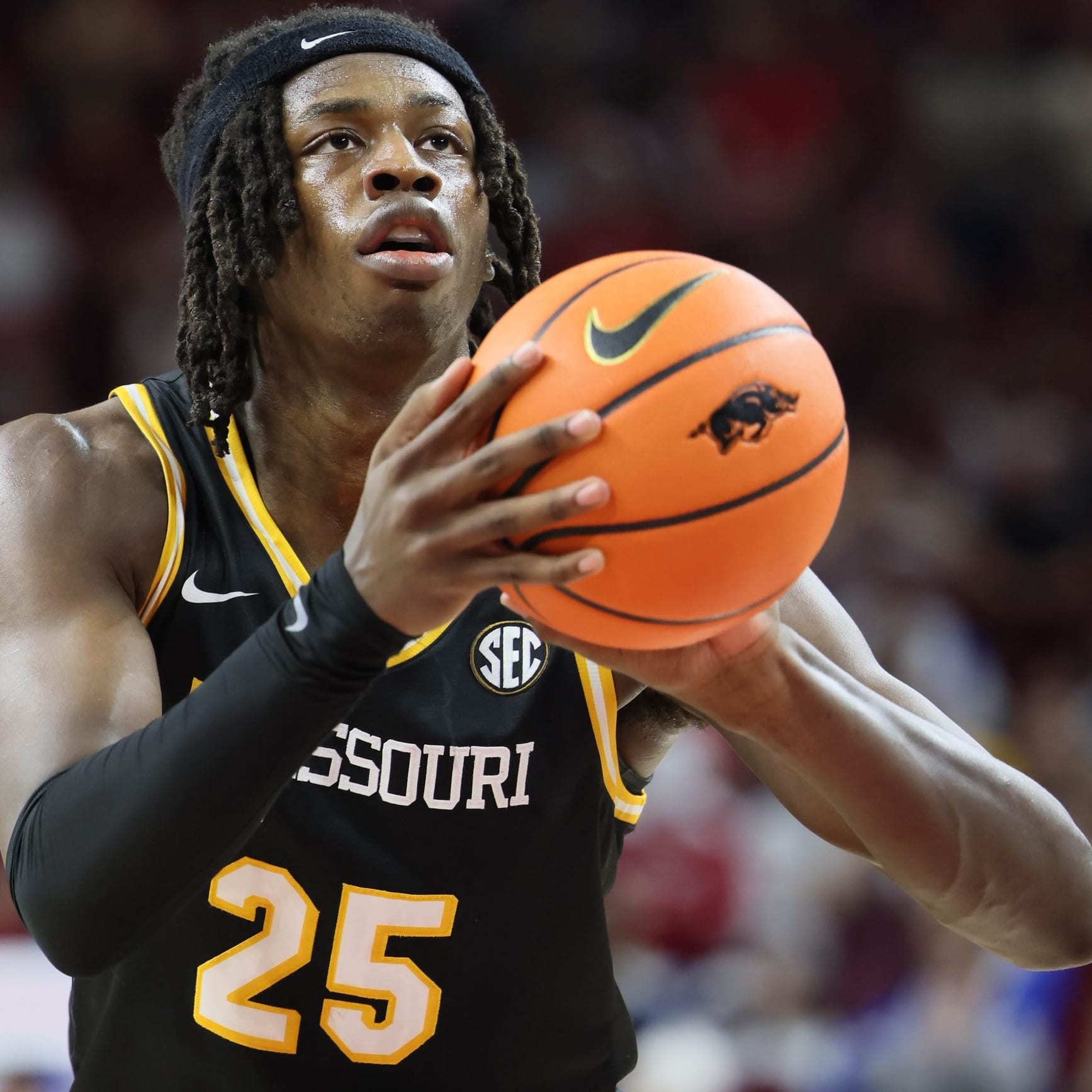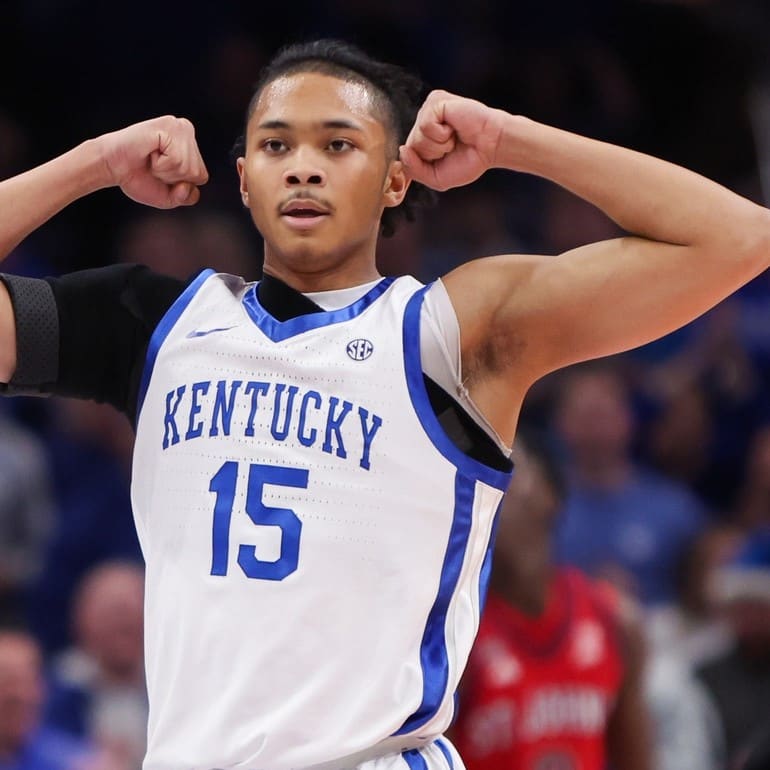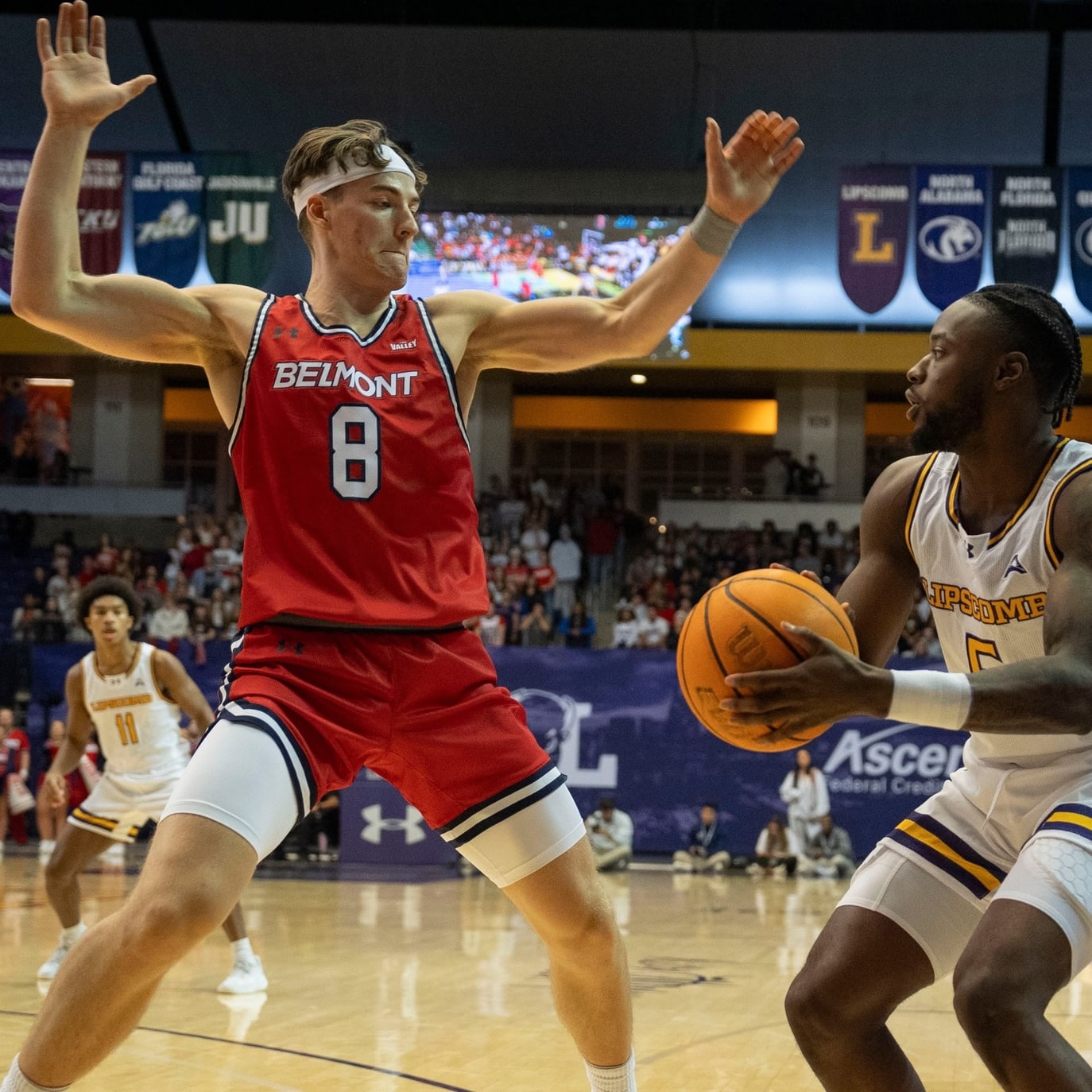We're almost there. Selection Sunday is so close you can taste it (smell it? feel it?), but that won't stop the college basketball world from arguing about NCAA tournament seeds well into Monday. Should Gonzaga still be a 1-seed? Will the committee, now a mid-major majority, favor the smaller schools above power conference bubble teams as it did in 2013? There are more than 10 teams sitting near the bubble and a case could be maybe for any of them. It depends on how much the committee puts into the new NCAA metric, NET, but also how much it rates good wins, bad losses and a slew of other statistics.
Before Friday's games, I still have Gonzaga as a 1-seed. Outside of the Duke win, it probably doesn't deserve to be on the top line, yet it'll still finish No. 2 in a lot of metrics, KenPom and NET included. Their resume isn't much better than Houston's, but I think the committee will still throw the Bulldogs in the West bracket as the final 1-seed with the top 2-seed (likely the loser of Duke-UNC game). That leaves Virginia in the East no matter what it does in the ACC tournament. The other two 1-seeds are tight, but they'll likely go to whichever teams go further in their respective tournament. Duke and North Carolina will meet in the ACC semifinals, while Kentucky and Tennessee are likely to in the SEC, which is important since the committee rarely takes games on the final Sunday into account. That leaves Michigan State on the outside thanks to some bad losses and the same goes for Texas Tech after its recent loss to West Virginia. Houston is a consensus 3-seed despite having a similar resume to Gonzaga's. If you threw out both Gonzaga's (Duke) and Houston's (LSU) best win, the Cougars would have the better resume, almost undoubtedly.
For the rest, it all depends on what the committee values most. The team sheets have various metrics, but all of the numbers are calculated through NET. While other stats can be used in arguments, all of the relevant numbers like Quadrant records and Strength of Schedule are based on NET. Throughout the years, the committee, while somewhat changed, has focused a little more on certain things.
SOS is a nice stat, but actual results are more important and that's relevant for a team like NC State (NET 33) with the worst non-conference SOS in the country. Dive into the numbers and the Wolfpack beat Auburn and Penn State on neutral courts, while losing by four points at Wisconsin. They also had six games against teams rated outside of the NET's top 300 and that pushed their SOS down, but it shouldn't mean anything in the end because they play in the ACC. Also, a 9-9 record against Q1/Q2 is better than most others on the bubble. On the other end of that, a strong overall SOS could give Louisville (NET 22) a better seed despite having a worse 9-13 Q1/Q2 record.
Still, there are numerous SOS detractors that show why the metric should be taken with a grain of salt if you don't look further into the resume. Another one that stands out is Michigan State's 147th NC SOS. This won't matter in the end, but somehow the Spartans don't have one of the more difficult non-conference slates despite playing Kansas, Louisville, Florida and Texas all away from home. In comparison, UCF has the 144th NC SOS and its hardest game out of conference was either home against Alabama or at Missouri.
The Q1/Q2 records should be a bigger part of the overall conversation than SOS. The bigger question the committee has on its hands is how to deal with the mid-majors. Not only does that include Gonzaga (NET 2) and teams on the bubble, but also the ones in the mid-range like Wofford (NET 13), Buffalo (NET 15) and Nevada (NET 18).
According to those numbers, Wofford and Buffalo would be 4-seeds with Nevada a 5. However, the public perception is flipped mainly because of the fanfare surrounding Nevada after it returned all of its players from last year's Sweet 16 run. Nevada lost by 27 points to a bad New Mexico team (NET 184), while I think Wofford, which doesn't have a bad loss, should have the better seed. The Terriers have four losses, but one was home to UNC and the other three were on the road at Kansas, Mississippi State and Oklahoma (their NC SOS is a ridiculous 133). They didn't lose a game in the Southern Conference, despite East Tennessee State, Furman and UNC Greensboro all being near the bubble. Buffalo will likely be the same seed as Nevada with an extremely similar resume, especially in terms of Quadrants.
Speaking of the mid-major bubble, I think the committee puts at least one of them into the bunch, mostly because all of the power conference teams are a mess. Deciding between mid-majors is also difficult, but I have Belmont (NET 46) and UNCG (NET 60) a level above both Lipscomb (NET 48) and Furman (NET 42). As of Friday, I have Belmont over Greensboro, but it's neck-and-neck only because we don't know if the committee will prefer Belmont's 5-3 Q1/Q2 record or Greensboro having no losses outside of Q1. That's something that will be talked about all weekend and in the end, the committee could decide to throw both schools in.
One team that was likely booted from the bubble was Texas (NET 37, 9-15 Q1/Q2), which finished with a 16-16 record. Of note, its NET actually improved after losing to Kansas on Thursday. Even though its schedule was incredibly difficult and it has some great wins, it's hard to overlook the 16 losses, no matter the situation with Kerwin Roach. It's the same deal for Indiana (NET 53, 8-15 Q1/Q2), which lost too many games to be considered. I used to be on Clemson's side, but at some point you have to win. While the Tigers were kind of screwed in their loss to NC State, that's how college basketball works. Their NET 35 is solid because of schedule, but it's hard to support their 7-13 Q1/Q2 mark. Florida (NET 32, 7-12 Q1/Q2) is in the same mold, but a win over LSU would change that.
If you just want to compare resumes for the bubble teams with previous years, you could throw them into Bart Torvik's similar resume algorithm and see what comes out. That's a useful process, but keep in mind the strength of the bubble is never the same (nor is the committee).
*Metrics prior to games on Friday, March 15
Here's a copy my latest bracket, but you can stay up to date with team previews and live updates on the RotoWire Bracketology page.
| East | South | |||||||||||||
| 1 | Virginia | Duke | 1 | |||||||||||
| 16 | Colgate / Fairleigh-Dickinson | Abilene Christian / Norfolk State | 16 | |||||||||||
| 8 | Mississippi | Washington | 8 | |||||||||||
| 9 | Iowa | Central Florida | 9 | |||||||||||
| 5 | Mississippi State | Villanova | 5 | |||||||||||
| 12 | St. Mary's (CAL) / 12 | Murray State | 12 | |||||||||||
| 4 | Virginia Tech | Kansas State | 4 | |||||||||||
| 13 | Western Kentucky | New Mexico State | 13 | |||||||||||
| 3 | Louisiana State | Texas Tech | 3 | |||||||||||
| 14 | Harvard | Bradley | 14 | |||||||||||
| 6 | Maryland | Auburn | 6 | |||||||||||
| 11 | TCU | St. John's / Temple | 11 | |||||||||||
| 7 | Iowa State | Cincinnati | 7 | |||||||||||
| 10 | Utah State | Minnesota | 10 | |||||||||||
| 2 | Michigan State | North Carolina | 2 | |||||||||||
| 15 | North Dakota State | Northern Kentucky | 15 | |||||||||||
| Midwest | West | |||||||||||||
| 1 | Kentucky | Gonzaga | 1 | |||||||||||
| 16 | Iona | Texas Southern | 16 | |||||||||||
| 8 | VCU | Baylor | 8 | |||||||||||
| 9 | Oklahoma | Syracuse | 9 | |||||||||||
| 5 | Wisconsin | Marquette | 5 | |||||||||||
| 12 | Liberty | Davidson | 12 | |||||||||||
| 4 | Kansas | Florida State | 4 | |||||||||||
| 13 | Northeastern | Vermont | 13 | |||||||||||
| 3 | Purdue | Houston | 3 | |||||||||||
| 14 | Georgia State | UC Irvine | 14 | |||||||||||
| 6 | Wofford | Nevada | 6 | |||||||||||
| 11 | North Carolina State / Florida | Arizona State | 11 | |||||||||||
| 7 | Buffalo | Louisville | 7 | |||||||||||
| 10 | Ohio State | Seton Hall | 10 | |||||||||||
| 2 | Tennessee | Michigan | 2 | |||||||||||
| 15 | Gardner-Webb | Montana | 15 |







